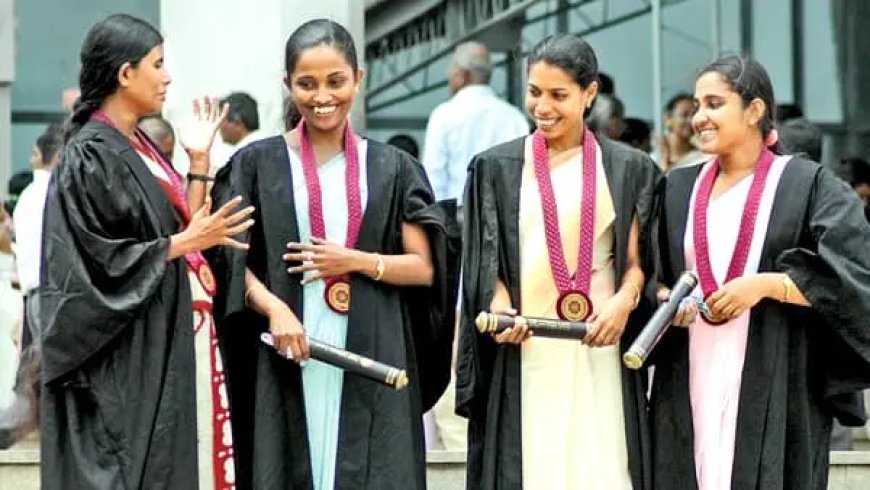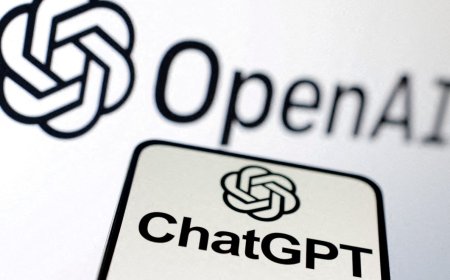Education is a fundamental right that should be accessible to all, regardless of gender. However, in India, girls face significant challenges in accessing and pursuing education. This article aims to shed light on the issue of girls' education in India, exploring the barriers they face and the importance of empowering girls through education to break gender stereotypes and promote social progress.

1. Cultural and Societal Challenges
Deep-rooted cultural and societal norms often limit girls' access to education in India. Traditional gender roles, early marriage practices, and expectations of domestic responsibilities can hinder girls' educational opportunities. Addressing these cultural and societal challenges requires a collective effort to challenge stereotypes and promote equal opportunities for girls.
2. Lack of Infrastructure and Resources
Many rural areas in India lack proper educational infrastructure, such as schools, transportation facilities, and sanitation facilities, making it particularly difficult for girls to access education. Additionally, the scarcity of resources, including textbooks, learning materials, and qualified teachers, further hampers girls' educational prospects. Bridging this gap requires investments in infrastructure and the provision of adequate resources in remote areas.
3. Addressing Safety and Security Concerns
Safety concerns often discourage parents from sending their daughters to school, particularly in areas with high instances of harassment and violence. Ensuring safe learning environments for girls is crucial to boost their enrollment and retention rates. Implementing measures such as enhanced security, safe transportation, and awareness campaigns can create a conducive atmosphere for girls to pursue their education without fear.
4. Empowering Girls through Scholarships and Financial Aid
Financial constraints pose a significant barrier to girls' education. Many families struggle to afford educational expenses, leading to girls being prioritized for household chores or early marriages. Providing scholarships, financial aid, and incentives can alleviate the financial burden on families and encourage them to invest in their daughters' education. By empowering girls economically, we can create a pathway for their educational advancement.
Read More:
Bridging the Gap: Empowering Rural Education in India
5. Promoting Gender-Responsive Teaching Practices
Gender-responsive teaching practices are essential to create inclusive and supportive learning environments for girls. Teachers must be trained to address gender biases, promote gender equality, and provide girls with equal opportunities to participate and excel academically. By fostering an inclusive classroom culture, girls can feel empowered to actively engage in their education and realize their full potential.
6. Engaging Communities and Changing Mindsets
Engaging parents, communities, and local leaders is crucial to challenge gender norms and promote girls' education. Awareness campaigns, community dialogues, and parental involvement initiatives can help change mindsets and emphasize the importance of educating girls. By involving the community in the educational journey of girls, we can create a supportive network that values and champions their right to education.
Conclusion
Empowering girls' education in India is a transformative endeavor that requires addressing deep-rooted societal norms, improving infrastructure, ensuring safety, and fostering inclusive learning environments. By breaking gender barriers, we can unleash the potential of girls, allowing them to contribute to their communities and participate fully in social progress. Let us strive to create a society where every girl has equal access to quality education, empowering them to shape a brighter future for themselves and their nation.
Follows Us for More Updates
Like Us on Facebook Page :
Click Here
Like Us on Instagram :
Click Here 






























